It’s a perfect beach day until your umbrella flips, flaps, and finally flies down the shoreline. Sound familiar? Without proper setup, your relaxing day can quickly turn into a frustrating and sunburned mess. The good news? With the right tools and a few simple steps, you can keep your umbrella on the beach secure, steady, and exactly where it belongs, even on windy days.
Table of Contents:[hide]
In this article, you’ll learn how to set up a beach umbrella step by step, anchor it securely in the sand, and handle sudden wind, so your shade stays put and your beach day stays perfect. Read on to learn more.
What is a Solar Beach Umbrella?
A solar beach umbrella is a game-changer for beachgoers. Not only does it provide shade, but it also uses solar panels on top to charge your devices. How cool is that? These umbrellas often come with USB ports and LED lights to keep your gadgets powered and your vibes glowing even when the sun goes down.
You’ll find solar umbrellas in different styles and sizes. The most popular types include canopy-top umbrellas with built-in lights and solar-charging capabilities. Some even come with speakers. Yup, beach lounging just got an upgrade!
How to Choose the Right Beach Umbrella?
With so many options out there, picking the right umbrella might feel like finding a seashell in the ocean. Here’s how to make it easy:
- Size Matters: A wider canopy offers more shade. For families, opt for a large beach umbrella with a 7-9 foot span, such as a Big 5 model.
- Material Check: Look for UPF-rated fabric and aluminum or fiberglass poles that resist rust.
- Weight and Portability: Lightweight umbrellas are easier to carry, but they may require better anchoring.
- Features: Solar panels, tilt function, crank systems, and storage pockets add convenience.
- Anchoring System: Make sure it has a beach umbrella anchor or includes a screw in beach umbrella base.
Don’t forget to check out the Patiowell motorized umbrellawith its remote control, Outtra™ solar fabric, and wind-stable design; it’s a beach-day game changer.
How to Set Up Beach Umbrella Step by Step?
Alright, let’s break down the real deal of how to put up a beach umbrella so it stays put. Here’s a foolproof, friendly guide:
Step 1: Unpack and Inspect Components
Before you even think about digging into the sand, make sure you’ve got everything you need. Open the carry bag and take out all the parts. Typically, that includes the canopy, pole sections (upper and lower), and your anchor or base.
Give each part a quick once-over. Is anything cracked, bent, or missing? Catching a broken latch or a missing screw now can save your whole beach day later. This small step ensures you're starting on the right foot, because no one wants surprises when they’re trying to relax.
Step 2: Pick Your Spot Wisely
The location you choose makes a huge difference in how well your umbrella on the beach will stay put. Look for a flat, open area that’s not too close to the water; the tide can sneak up quickly and soak your gear.
Position your umbrella near a natural windbreak like a dune, rock, or even other umbrellas. Try to avoid placing it where people walk by often; you don’t want kids or coolers bumping into it. A little thought now saves a lot of stress later.
Step 3: Dig and Anchor
This is where the real setup begins. Using your hands or a small shovel, dig a hole about 18 to 24 inches deep into the sand; the deeper, the better for stability. Next, insert your beach umbrella sand anchor or twist in your screw in beach umbrella base.
Don’t just drop it in; use a firm twisting motion to work it into the sand, just like you’d screw a corkscrew into a bottle. The goal is to get a super snug fit. Once it's in, pack the sand around it tightly. Give it a firm shake; if it wobbles, start again. This step is key to keeping your umbrella from flying away.
Step 4: Insert Bottom Pole
Now that your anchor is in place, it’s time to set the foundation. Slide the lower pole section into the anchor hole. Make sure it's vertical and not leaning off to one side. Press it down until it feels firm and seated.
This lower pole serves as the support for the entire umbrella, so getting it straight and secure is crucial. If it feels loose, don’t be afraid to retighten the anchor or reposition it in a deeper hole.
Step 5: Attach and Open the Canopy
With your base and lower pole locked in, attach the upper pole and secure the umbrella canopy. Depending on your umbrella model, this may involve twisting sections together or locking them with a latch. Then, slowly open the canopy using the crank system or the push-up method.
Be gentle but firm. If your model has a tilt feature, don’t adjust that just yet; save it for the wind alignment. And if you’re lucky enough to own a Patiowell motorized umbrella, just press the button and watch it bloom. Fancy, right?
Step 6: Tilt and Adjust for Wind
Now that your umbrella is up, it’s time to protect it from the breeze. Wind is the number one reason for runaway umbrellas, so angle your canopy to face away from the wind. If your umbrella has built-in air vents, and many high-quality ones do, that’s a bonus.
They let air pass through, which reduces pressure and prevents flipping. For extra safety, place a heavy bag, cooler, or sandbag at the base. The more stable the bottom, the more peaceful your day.
Bonus: How to Set Up a Patiowell Umbrella on the Sand

The Patiowell motorized umbrella is a high-end, remote-controlled shade designed for comfort and ease of use. Due to its large 10-foot canopy, dig a slightly deeper hole and use a sturdy screw-in anchor to ensure stability on soft sand.
Once secured, attach the frame and use the remote to open, tilt, or rotate the canopy 360° with ease. Its solar-powered motor handles the work, while the Outtra UPF 50+ fabric provides top-tier UV protection, water resistance, and durability. It’s smart, stylish, and made for effortless beach days.
Different Factors Affecting the Stability of a Beach Umbrella
Ever seen an umbrella on the beach flip and fly like a Frisbee? Stability is no joke. Here's what affects it:
- Wind: Strong gusts lift poorly secured umbrellas.
- Sand Type: Loose, dry sand doesn’t hold anchors well.
- Anchor Depth: Shallow anchors = shaky base.
- Umbrella Angle: Facing the wind adds pressure. Tilt it away!
- Pole Quality: Weak poles snap under pressure. Go fiberglass or steel.
How Deep Should the Anchor Be Buried?
A solid anchor means a safe umbrella. So how deep?
- Minimum: 18 inches for small umbrellas.
- Ideal: 24 inches or deeper for larger ones.
Use a twisting motion to help it dig. Then pack the sand tightly around it. Treat it like you're setting up a flagpole!
What Should I Do if My Beach Umbrella Starts to Become Loose?
So your shade buddy’s acting wobbly? Here's what to do:
- Close the umbrella fast to avoid breakage.
- Remove it and dig a deeper, tighter hole.
- Reinsert and repack the sand tightly.
- If available, use a backup umbrella sand anchor.
- Secure your belongings with beach gear, such as bags or coolers.
What Should I Do if the Wind Picks Up Unexpectedly?
Sudden winds are the real villains. If they strike:
- Lower your umbrella immediately.
- Lay it flat on the sand.
- Put weight on it to prevent movement.
- Don’t take chances. High wind? No umbrella.
Some models, like beach wind umbrella types, come with vents that let wind pass through. Always check the forecast and prepare.
Can I Use Any Umbrella Anchor for All Types of Beach Umbrellas?
Not all anchors are created equal. Match your anchor to your umbrella:
- Small umbrellas: Basic spike anchor works.
- Large canopies: Need heavy-duty screw or auger-style anchor.
- Universal Anchors: Some adjustable models are compatible with most umbrellas, but check your specifications.
The Patiowell umbrella pairs best with smart anchoring systems, and its heavier design benefits from deeper digs and extra weight at the base.
Conclusion
A beach with an umbrella is pure paradise if it stays in place. Now that you know how to put a beach umbrella in the sand the right way, you can relax under the shade without worry. Just remember to choose a quality umbrella with the right features, anchor it at least 18 to 24 inches deep, and tilt it away from the wind.
Consider upgrading to smart options, such as solar panels or remote controls. The Patiowell motorized umbrellais an excellent choice if you want shade without the struggle. Grab the right gear, follow these tips, and make your next sunny outing smooth, safe, and stress-free!
Diana Mason
Hi there! I’m Diana Mason, the chief editor of Patiowell brand. With over 15 years of diving deep into the world of outdoor furniture, I’ve developed a keen eye for what makes outdoor spaces truly special. I love sharing tips and inspiration to help you create your perfect backyard retreat. Our blog is a reflection of my passion and expertise, featuring only the best pieces that I personally vouch for. Thanks for stopping by—I can't wait to help you transform your outdoor living space!

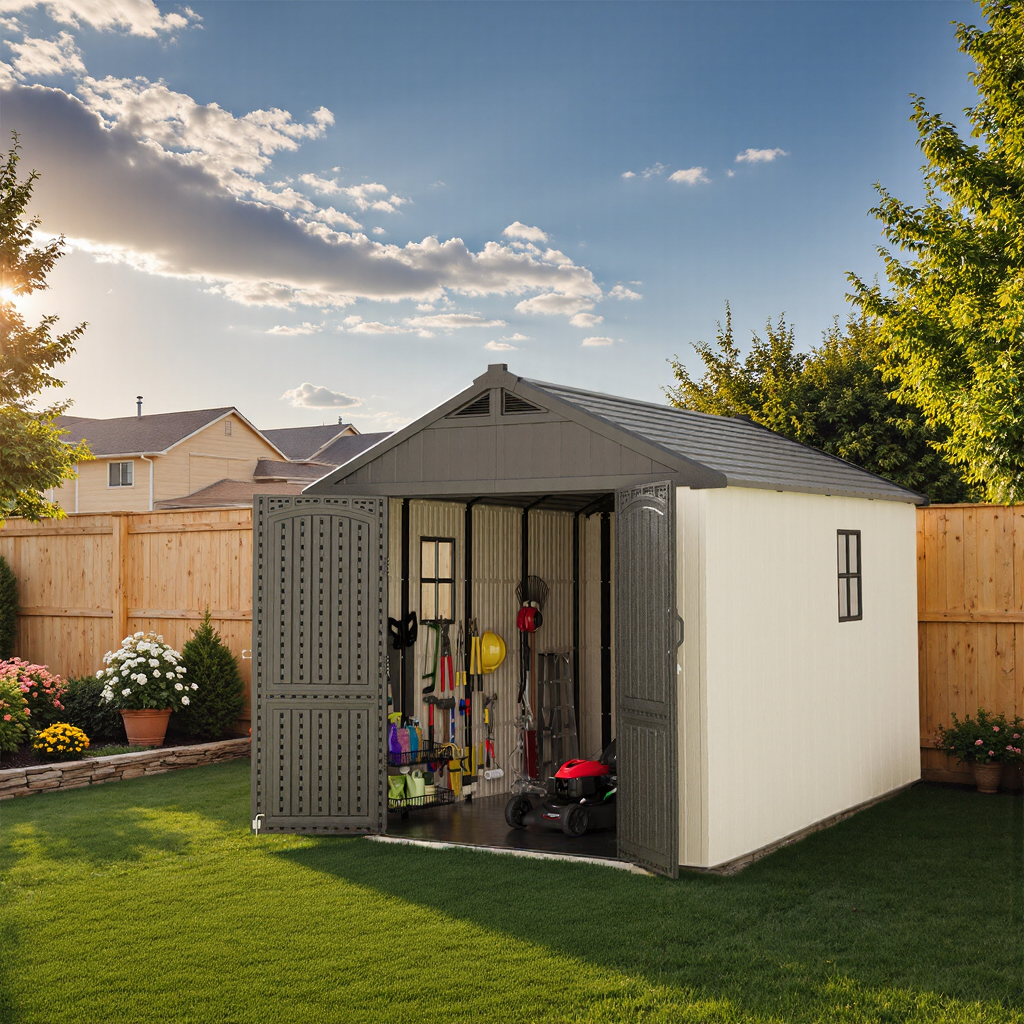
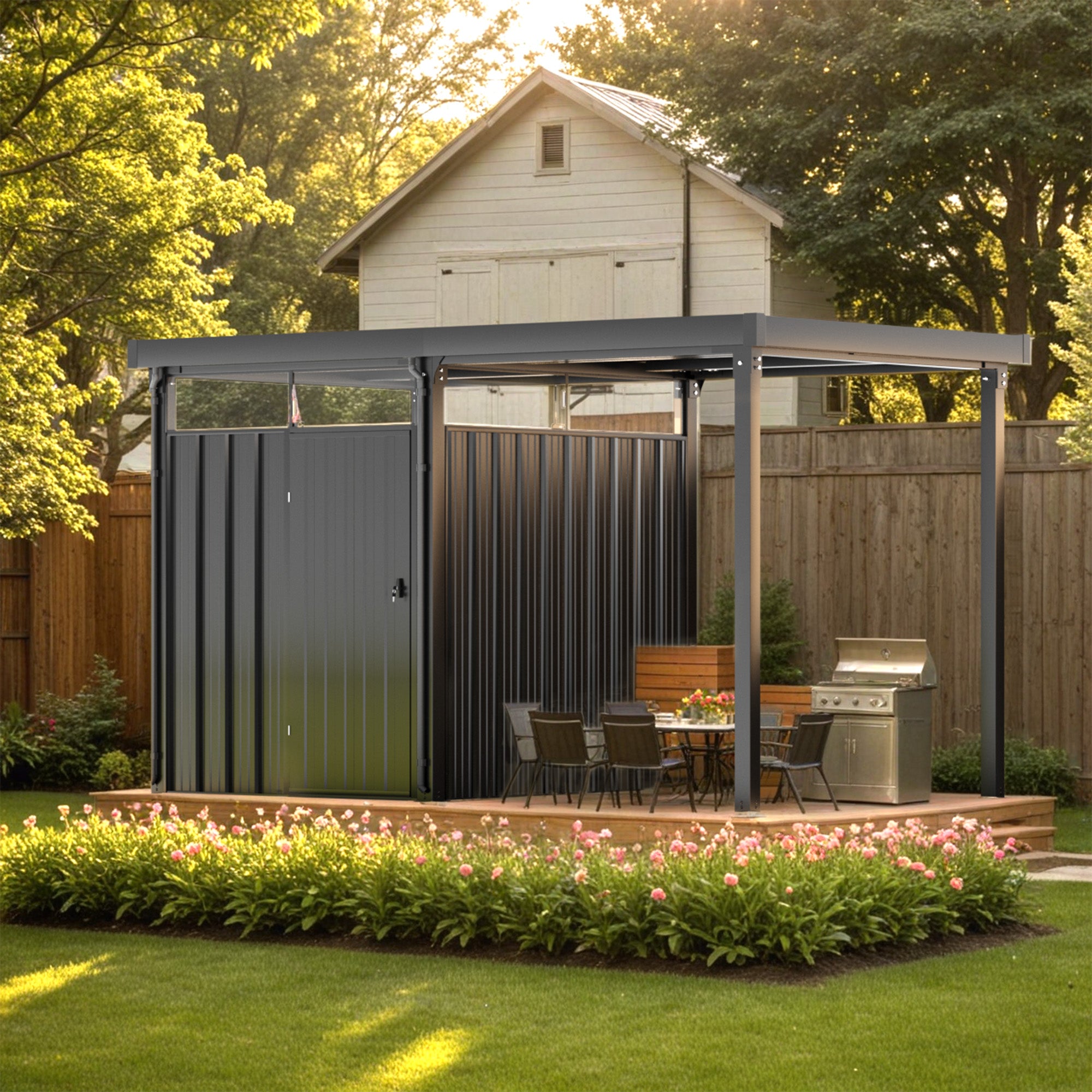
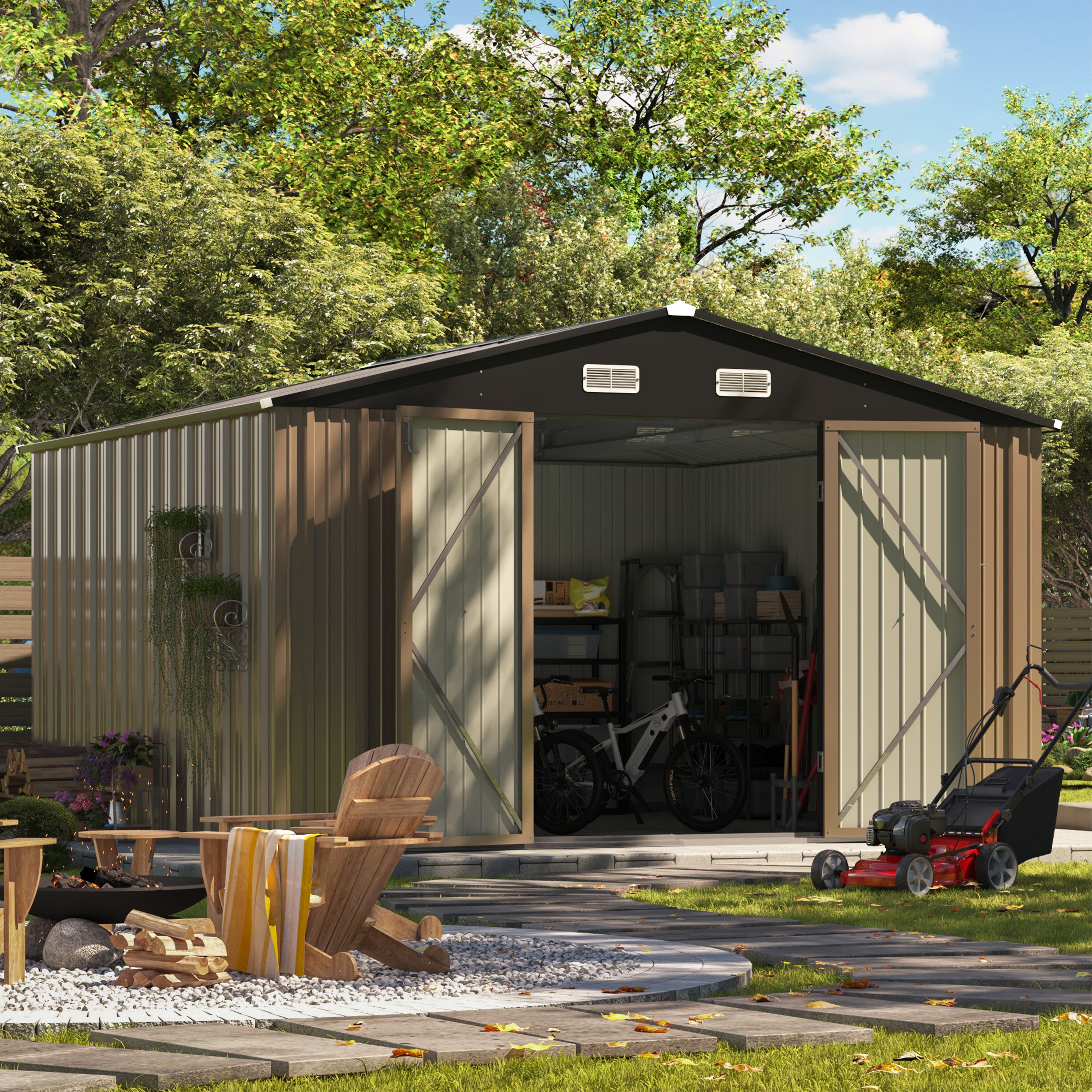
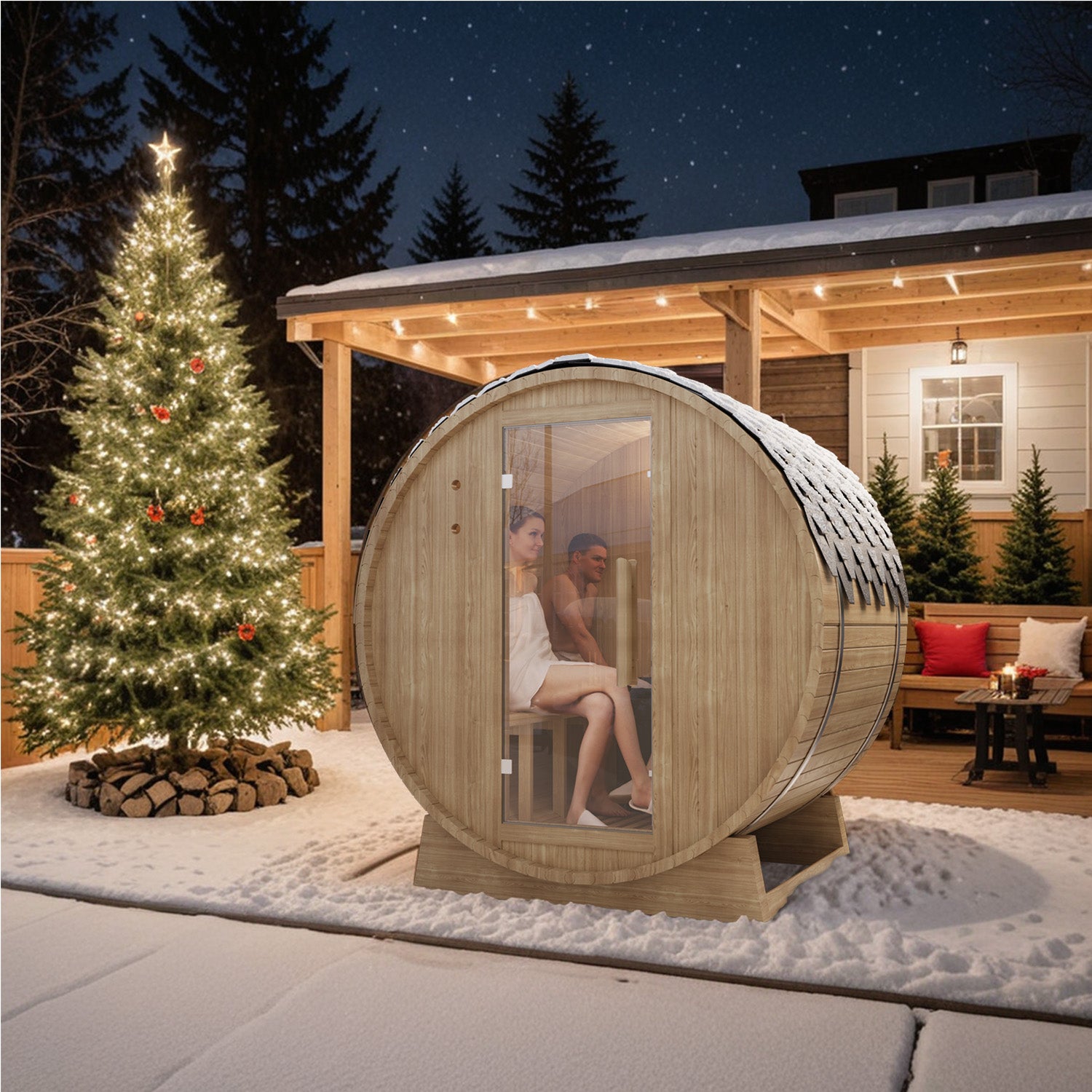
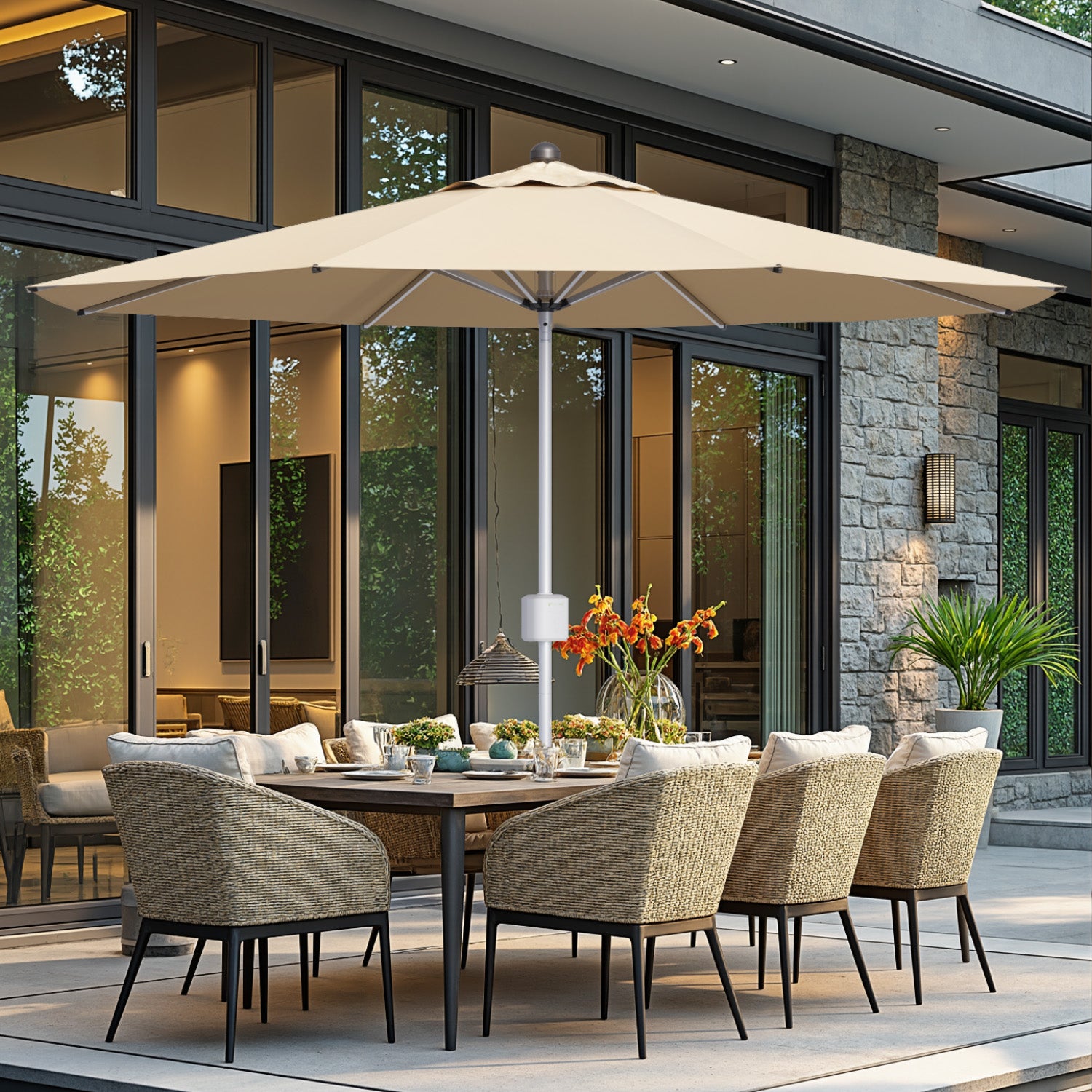

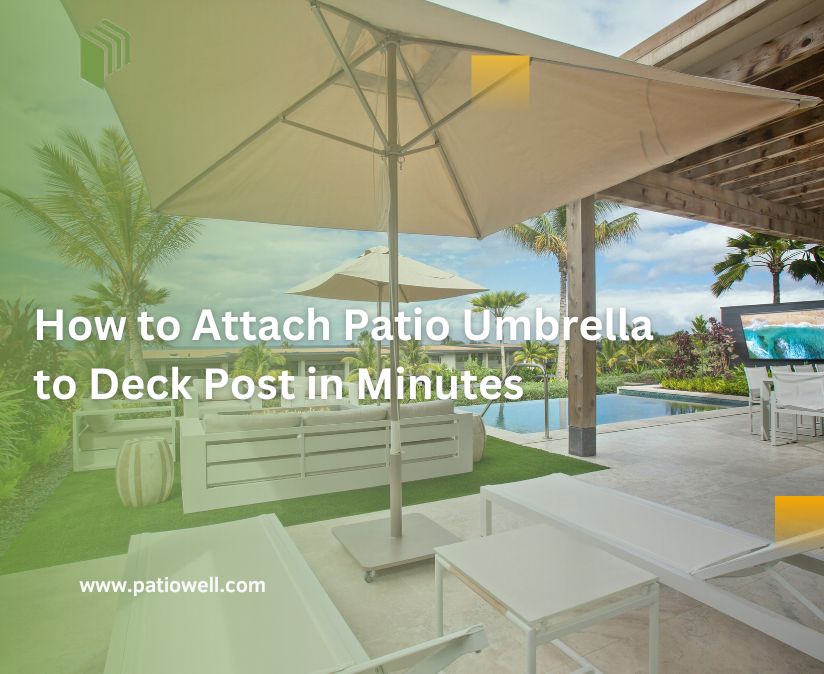
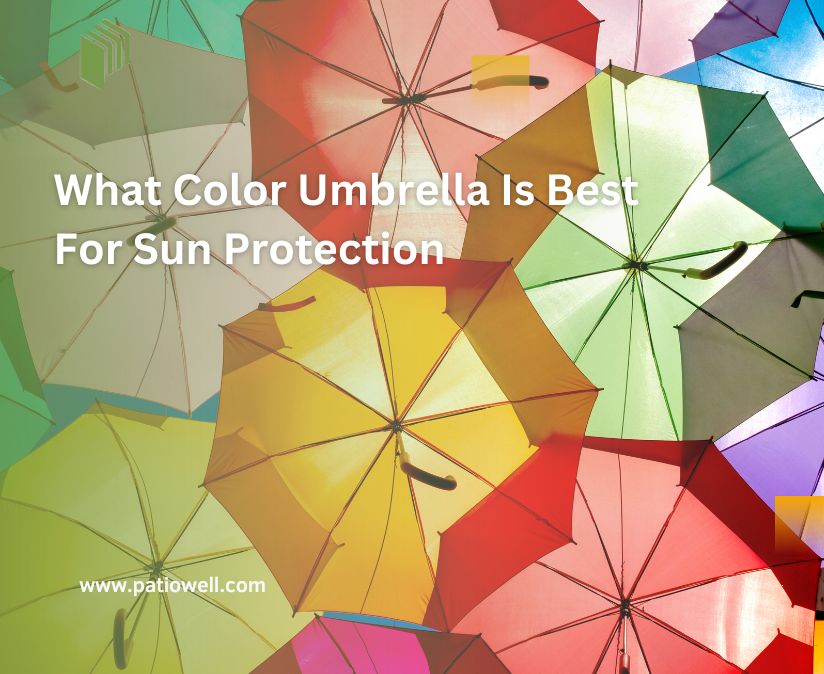
Leave a comment
All comments are moderated before being published.
This site is protected by hCaptcha and the hCaptcha Privacy Policy and Terms of Service apply.